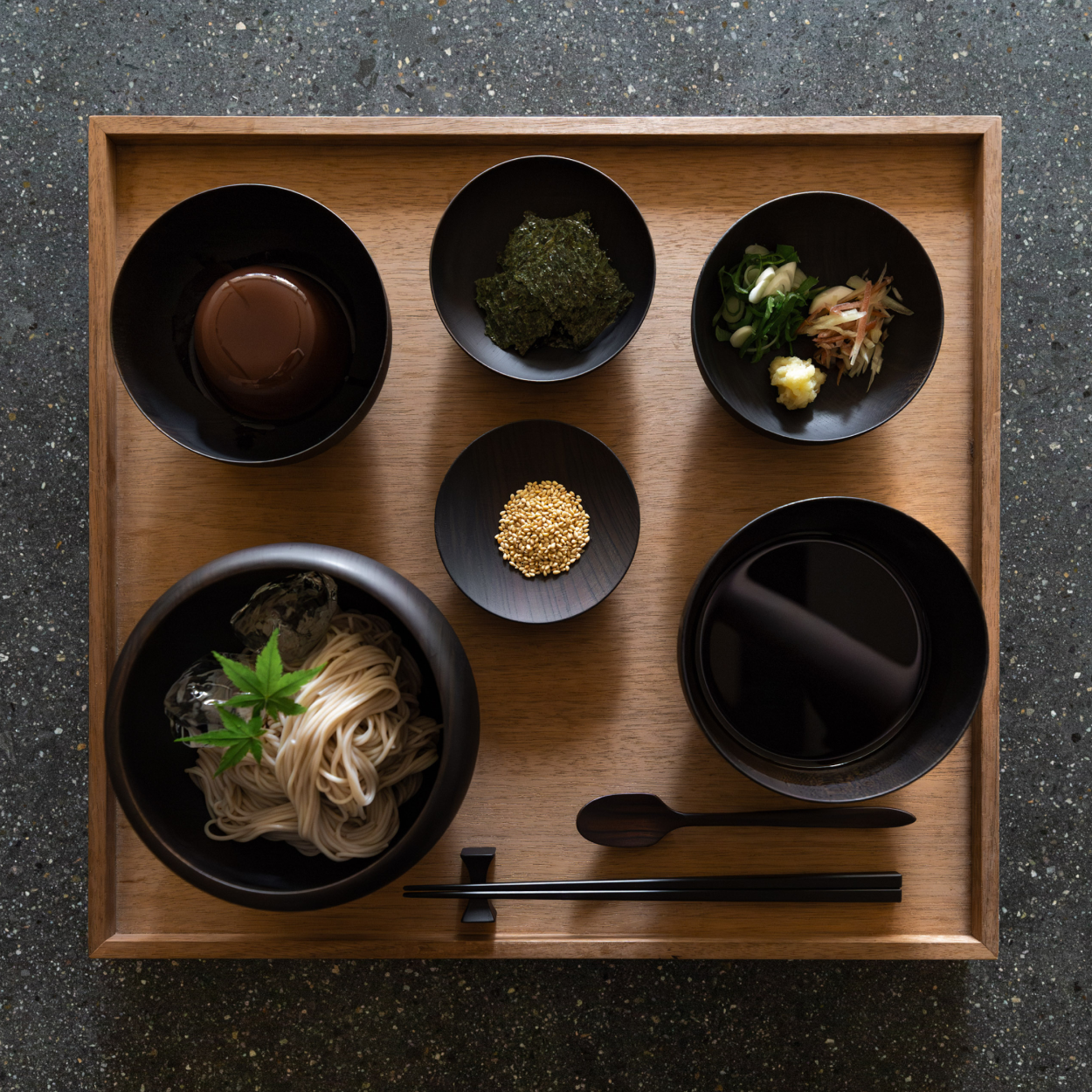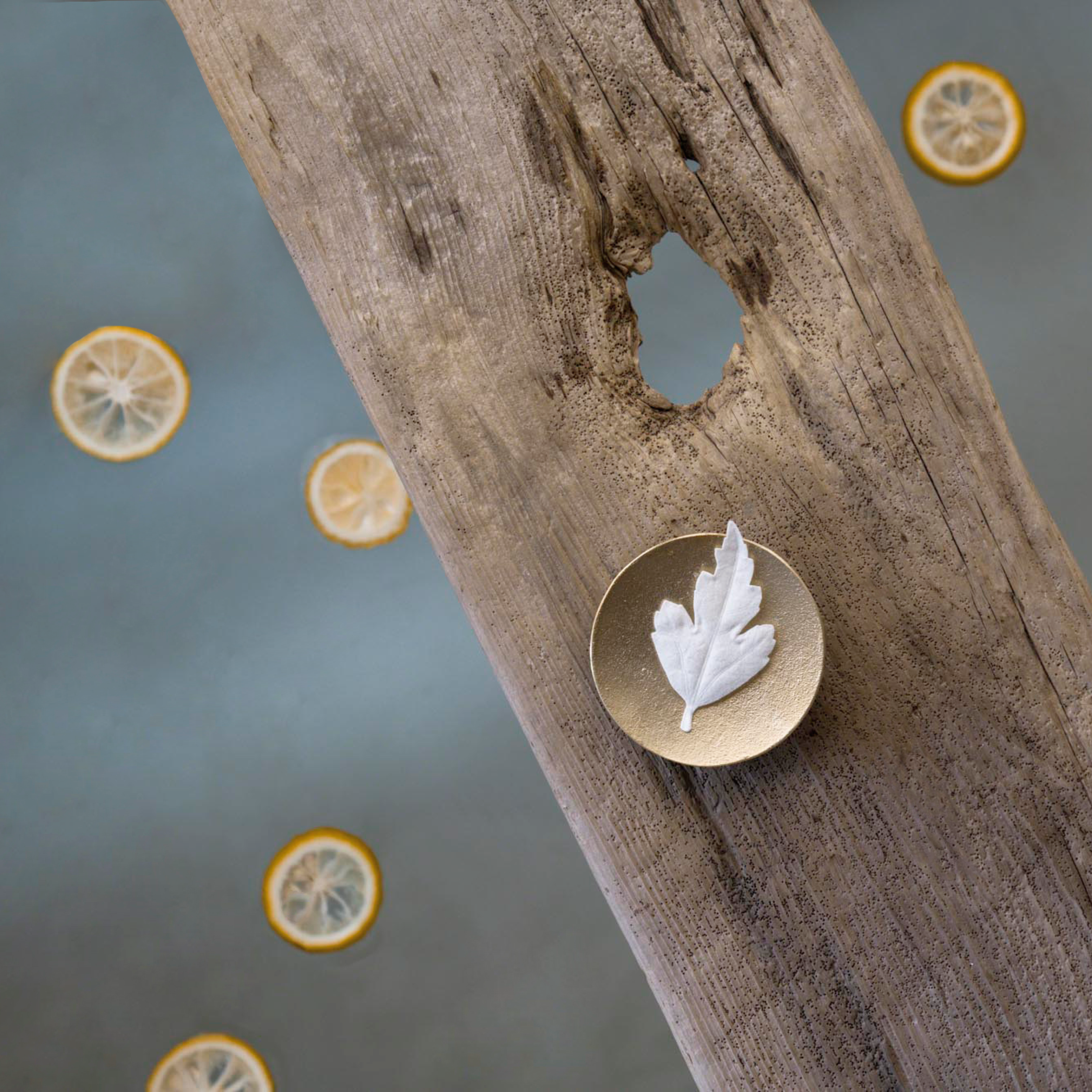MADE IN JAPAN, MADE BY HAND
THE PEOPLE BEHIND THE PIECES
The artisans we partner with have inherited legacy traditions with centuries — or even millennia — of history. Dive into the stories behind the different expressions of these techniques, and meet the craftspeople sustaining them for the next generation.
Craft traditions
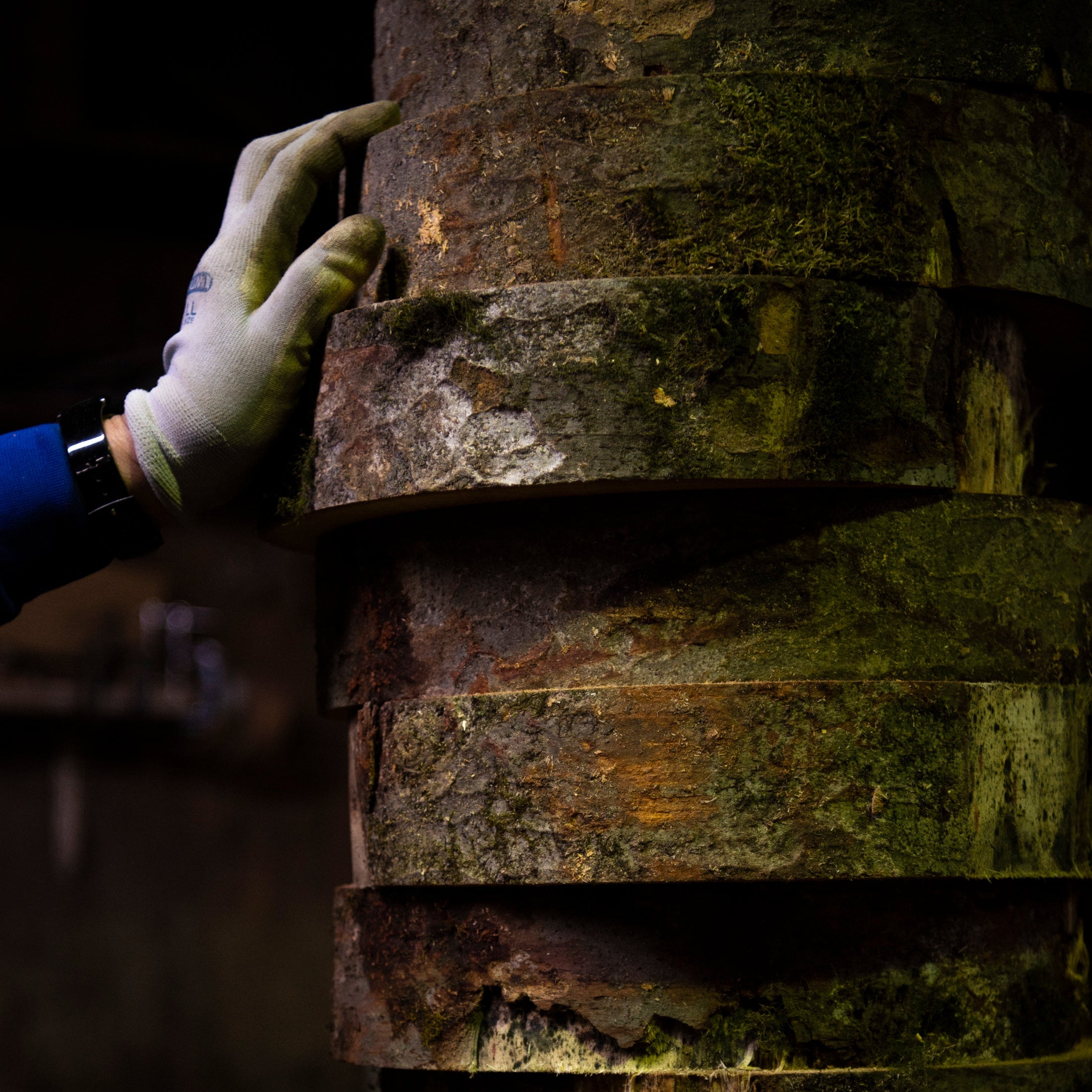
woodworking
Japanese woodworking is defined by precise joinery, tool mastery, and deep knowledge of wood behavior. Many techniques emphasize durability without nails or adhesives, resulting in structures and objects built to last for generations.

ceramics
Ceramics in Japan encompass a wide range of regional clays, firing methods, and surface treatments. Each piece reflects practical considerations — heat retention, weight, texture — shaped by long-established workshop traditions.
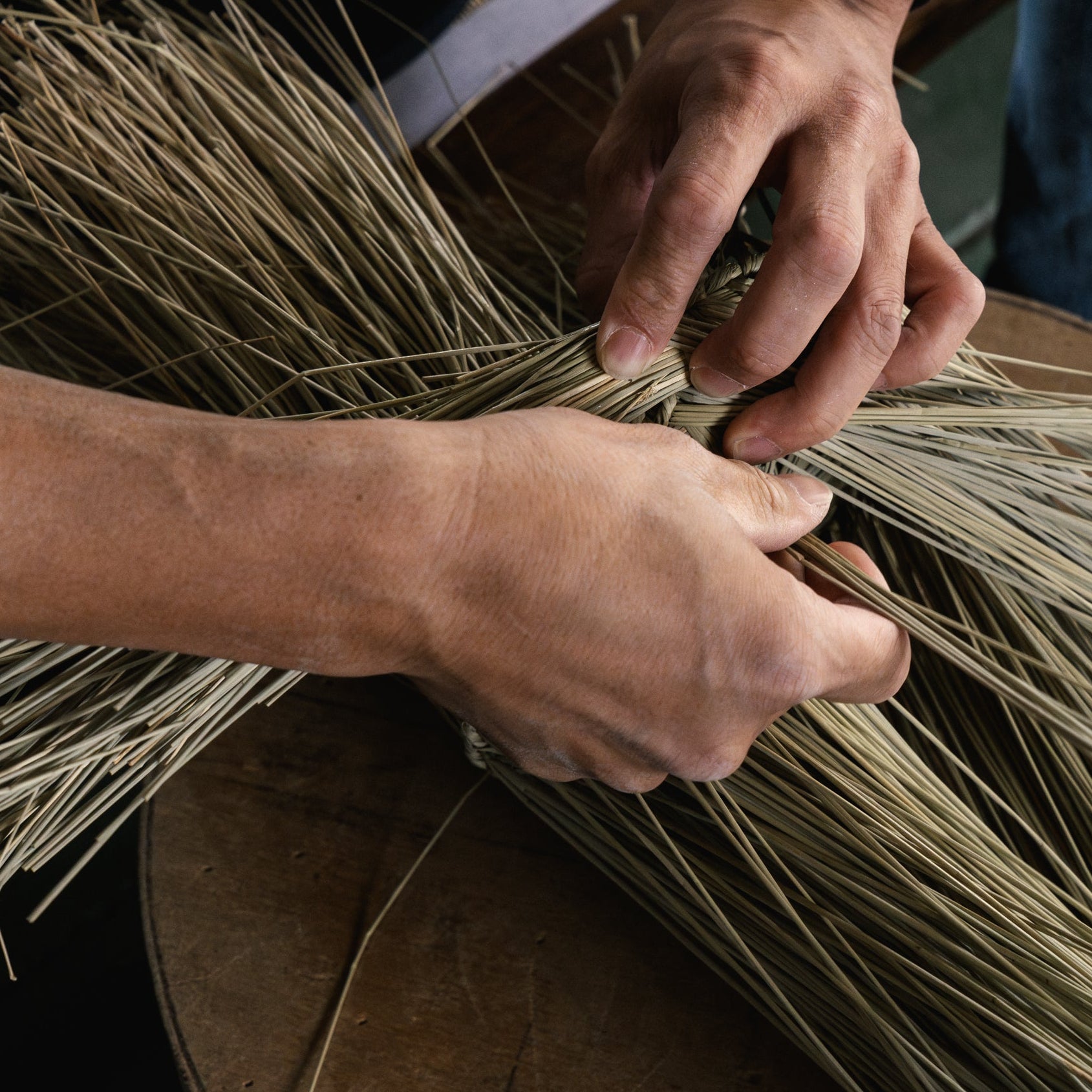
fiber crafts
Fiber crafts rely on time-tested methods of weaving, braiding, and bundling natural materials such as rice straw, shuro palm, or rush. These techniques produce household items known for their strength and longevity.
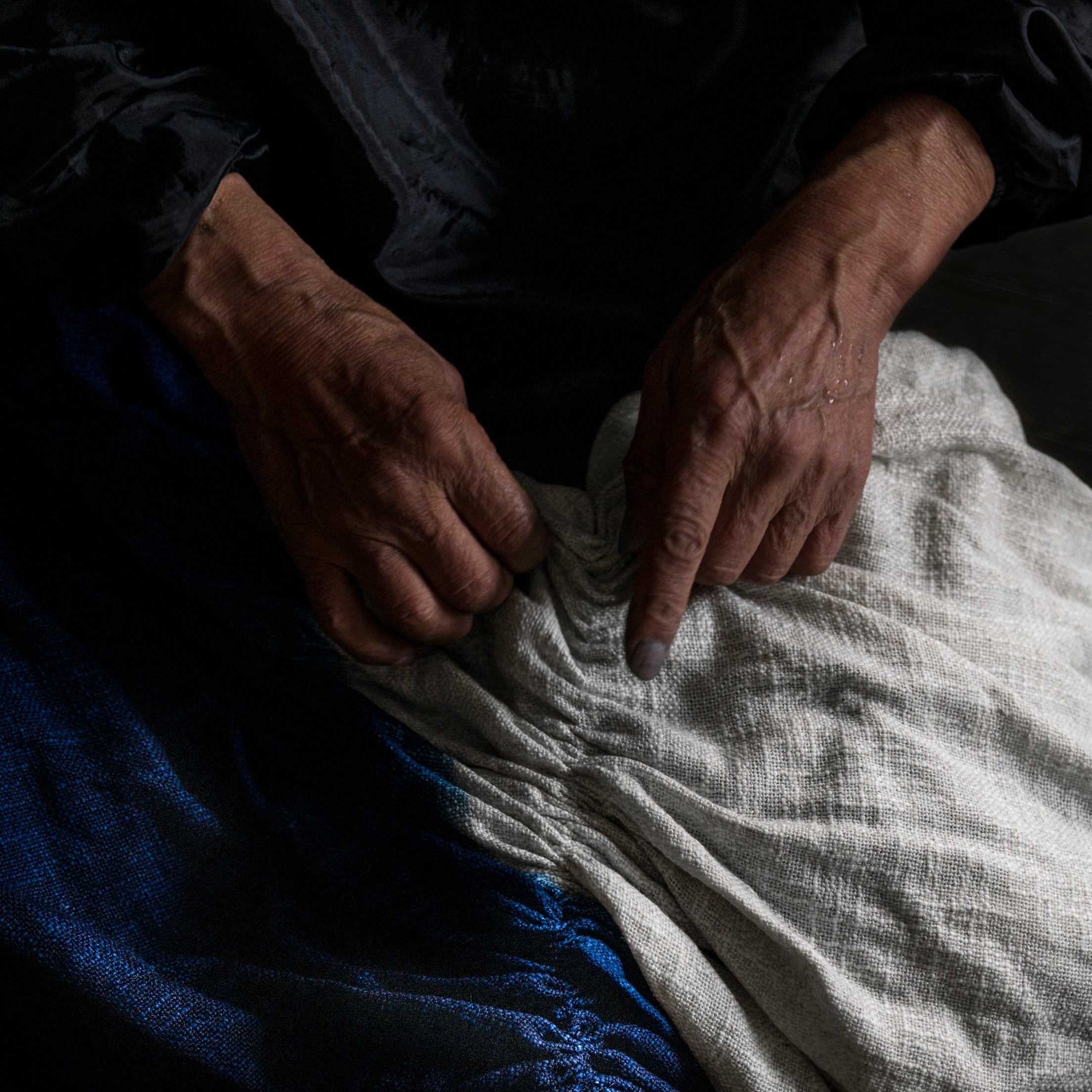
TEXTILES
Japanese textile work spans handweaving, dyeing, and resist techniques like katazome and shibori. Regional variations in thread, dye sources, and weaving styles result in fabrics with distinct textures and practical uses.
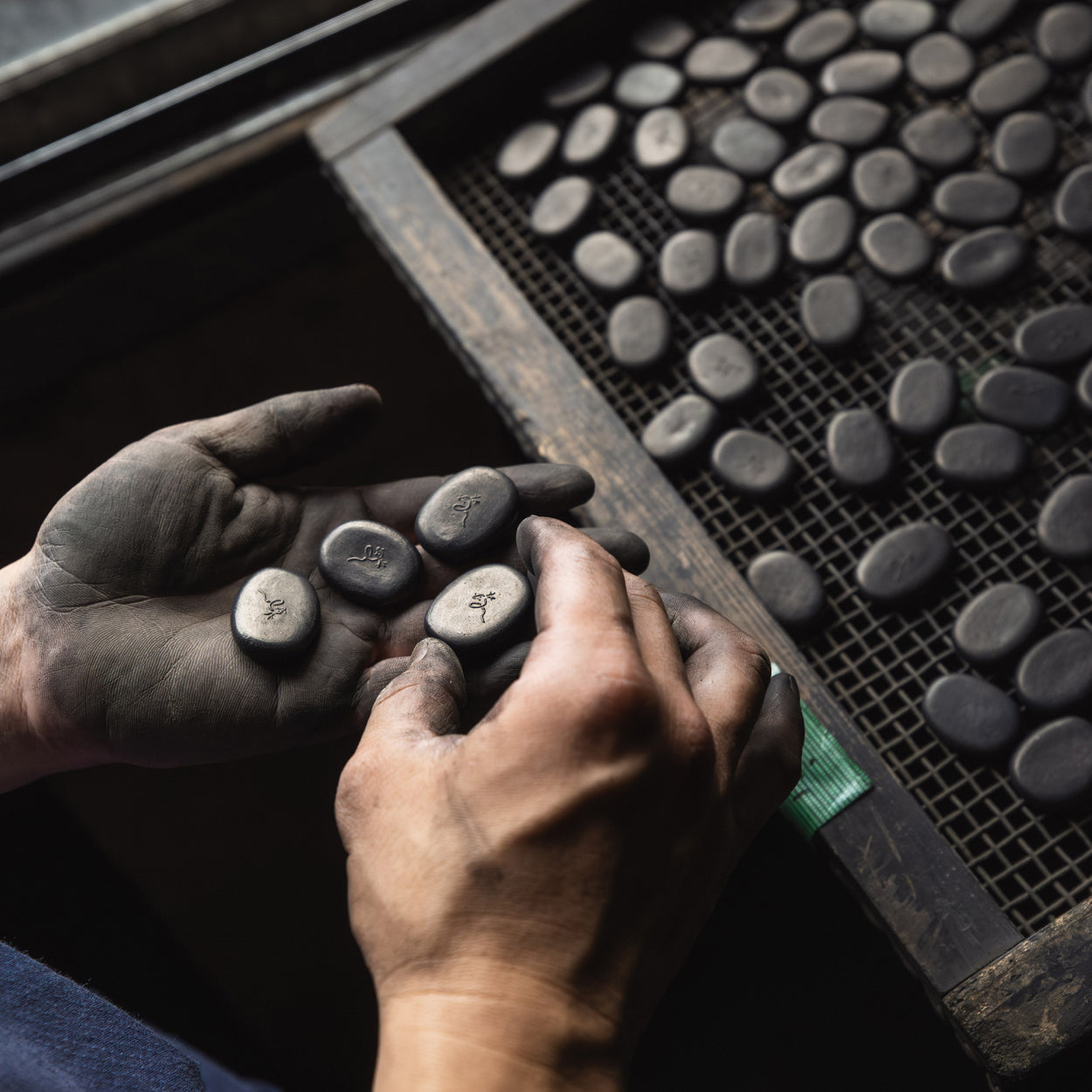
WASHI + SUMI
Washi, made from plant fibers, create strong, lightweight sheets suited for writing, lighting, and interior design. Sumi ink, produced through soot and natural binders, is creatively pressed and formulated for sophisticated tonal variation.
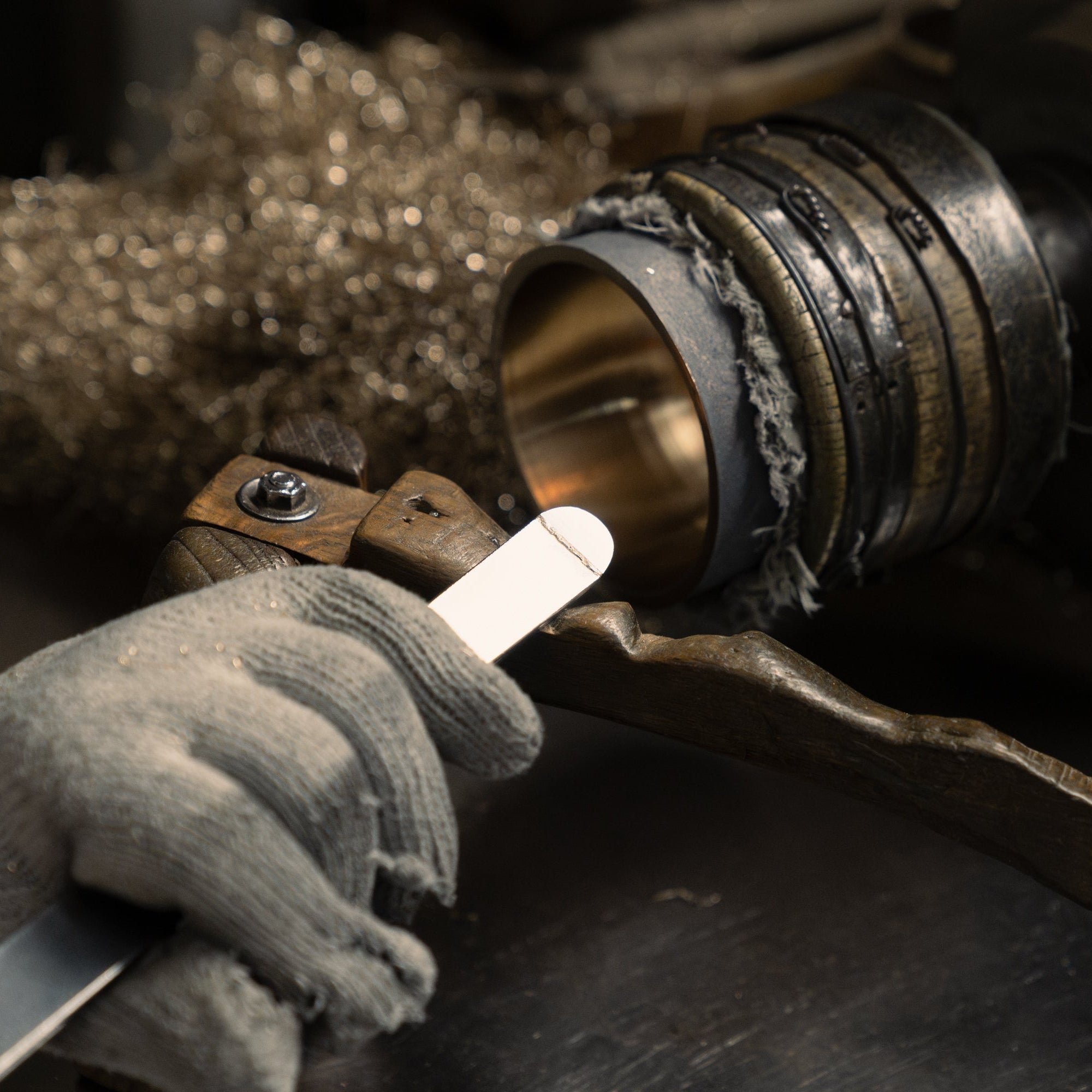
STONE + METAL
Stone and metalwork involve highly specialized processes — from forging and tempering metal to shaping and polishing. These crafts balance functionality with beauty, offering durability that ensures the pieces will last for years to come.
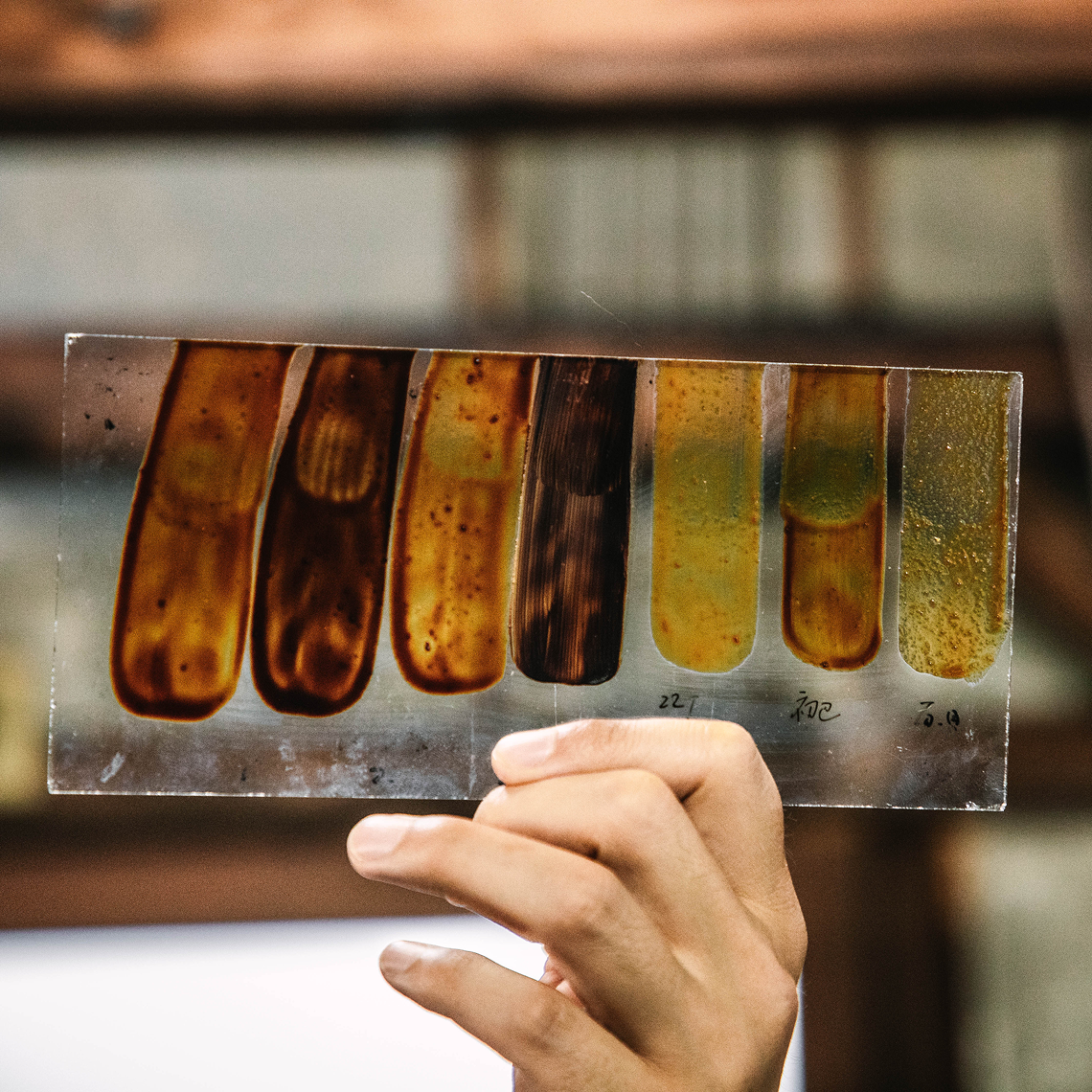
URUSHI
Urushi uses sap from the lacquer tree, built up in thin layers to create a durable, water-resistant coating. It is used in a wide range of art and craft traditions, from kintsugi to tableware.
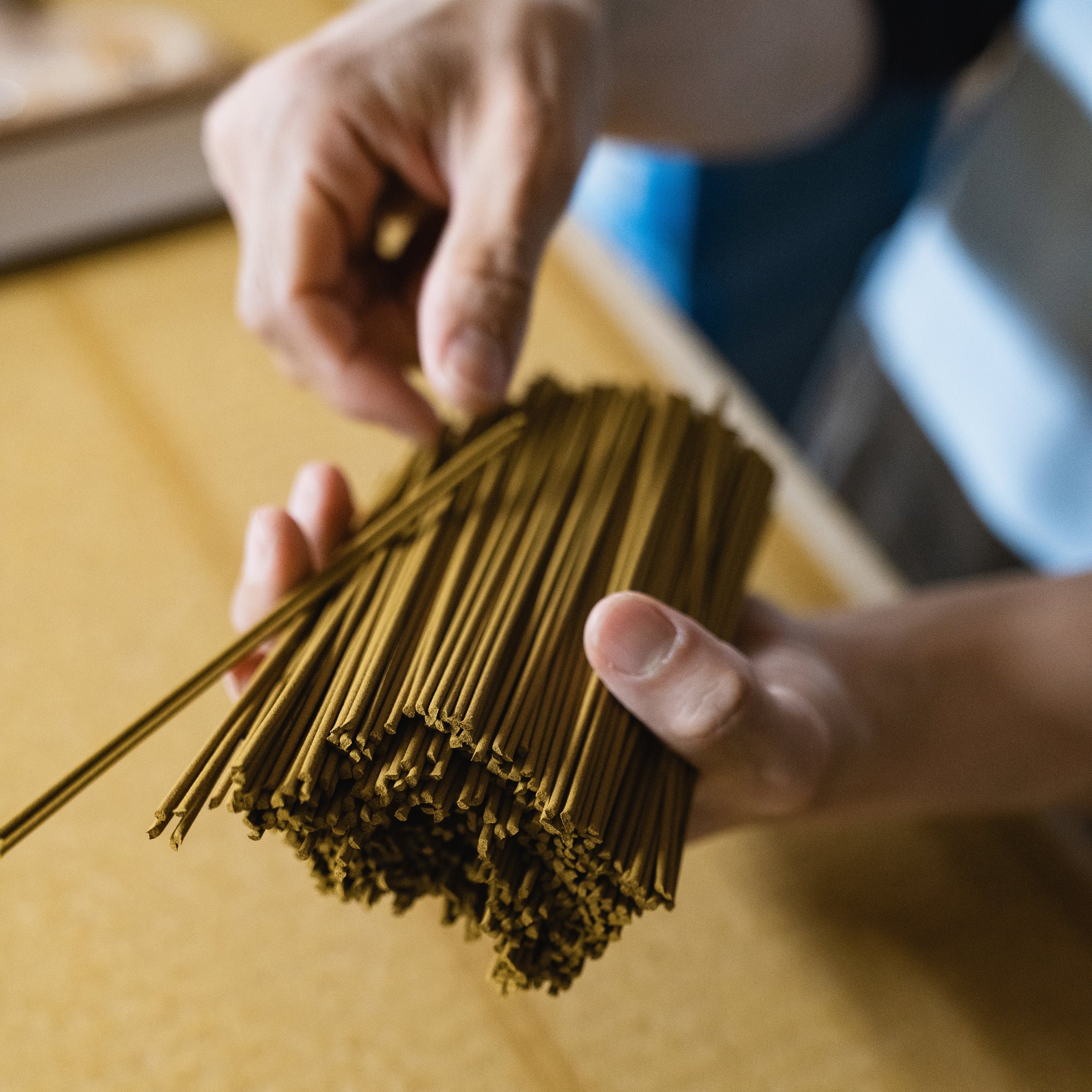
INCENSE
Incense production blends natural aromatics—woods, herbs, resins—into a variety of formats. Each emphasizes different scent profiles and are used from rituals to relaxation.
